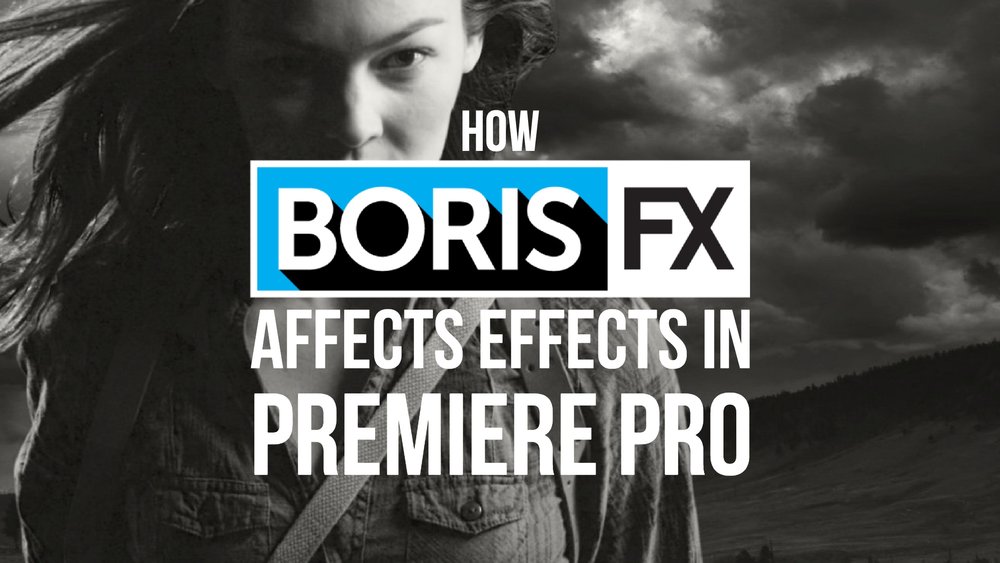

Now with the changes in Premiere Pro CC and CC2014, transitions in packages like BCC 9 behave as native effects – the same as in other NLEs. You would have to stack adjacent clips onto overlapping vertical tracks and transition between them, just like in After Effects. In the past, filters within the Boris Continuum Complete for After Effects version would also show up and work in Premiere Pro however, the transitions functioned like they did in After Effects and not like a built-in Premiere Pro transition. This is a great way to preview different filters when you just need some creative inspiration. When you open the FX Browser, you’ll now see all of the effects categories and individual filters available within BCC 9.

Now adjust the sliders to fine-tune the effect to taste.Īnother useful way to work with the FX Browser is to apply the standalone FX Browser filter to a clip.

Once you find the desired look, click the “apply” button, which returns you to the host’s effects controls. At the bottom of the browser is a history panel that shows the choices you’ve already reviewed. As you click on the options, the viewer displays your clip with that preset applied to it. In the left pane you see thumbnails for each preset. With this new FX Browser, you can apply a filter, open the FX Browser and see what each of the Boris presets will look like on your image. In doing so, they miss the wide range of looks that can actually be achieved. Many users simply apply a filter, use its default and tweak the sliders a little. Nearly all of the BCC filters and transitions come with a set of presets. You aren’t tied to a default thumbnail image or a single still frame of the clip that you’ve sent to the browser. You can play or scrub through the clip and sample the various filter presets. While it’s not unique to have a filter browser within an effects package, this one has an edge over those of competitors, because the clip is displayed in a viewer. The FX Browser is new for Continuum Complete. From just casual use, you’ll definitely see an improvement when applying and manipulating such processor-intensive effects as lens flares and glows. Boris FX claims as much as a 2X improvement with some filters, when comparing the rendering of BCC 8 versus BCC 9 (tested on Avid Media Composer running under Windows).
#Boris fx premiere plus
While new filters are always fun, the two big changes in BCC 9 over previous versions are OpenCL and CUDA acceleration, plus the addition of an FX Browser. Specific new filters include a lens vignette, 2-strip color process, sharpening, lens correction, grunge, edge grunge, a laser beam effect, an improved pan & zoom filter with perspective and a one-stop chromakey “studio”. In total, BCC 9 versions for Avid Media Composer, Adobe After Effects and Premiere Pro each offer over 230 filters, including 3D extruded text, particle effects, image restoration tools, lens flares, keying and compositing and much more. This has been a two-year effort to build upon BCC 8, which was initially released in 2012.īoris Continuum Complete 9 sports over 30 new effects, including 23 new transitions. They have recently released BCC 9 for Avid Media Composer, Sony Vegas Pro, Adobe After Effects/Premiere Pro, FCP X/Motion and DaVinci Resolve.

With each new version, the company makes it better, faster and even more useful. Boris Continuum Complete has been the flagship effects package for Boris FX.


 0 kommentar(er)
0 kommentar(er)
